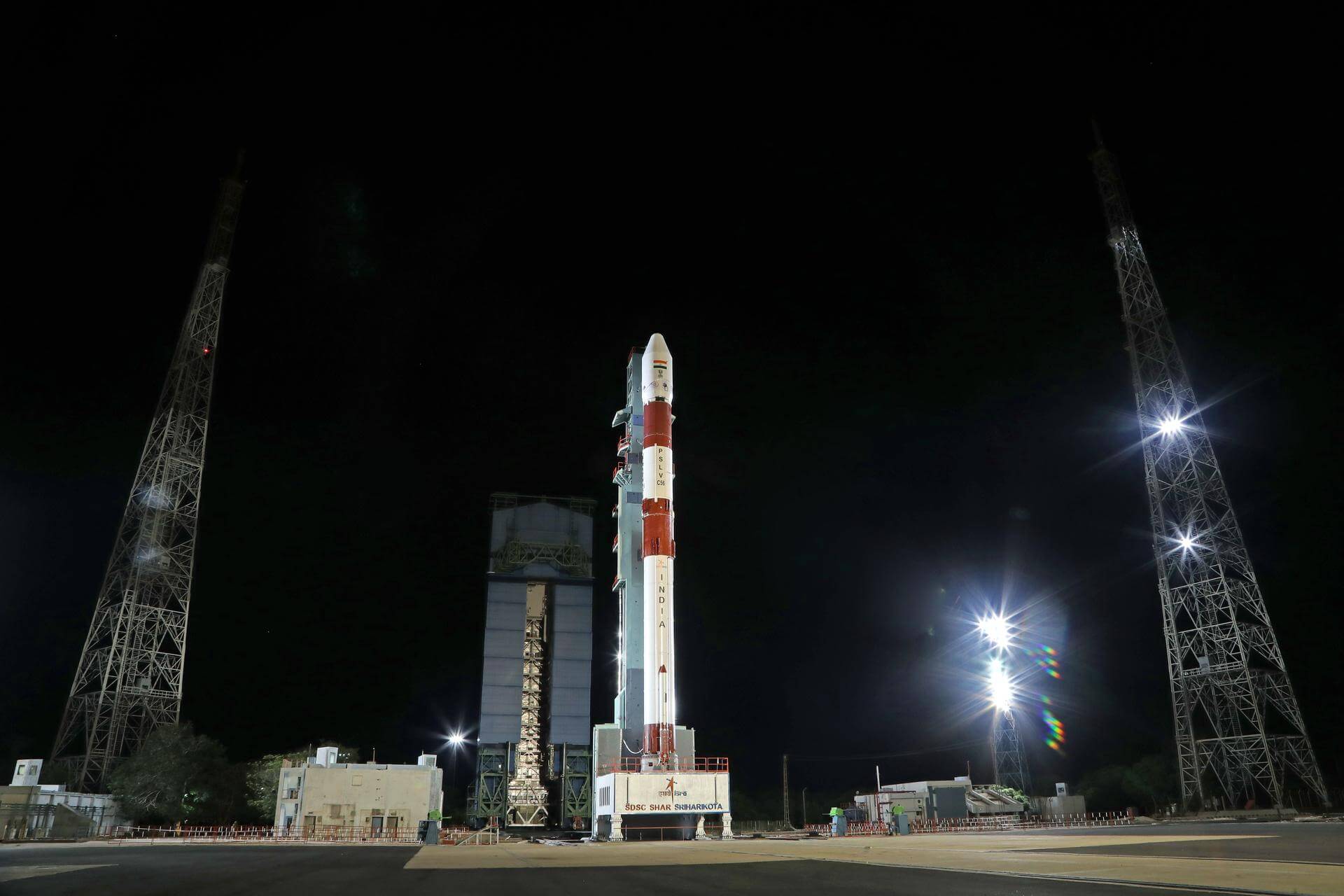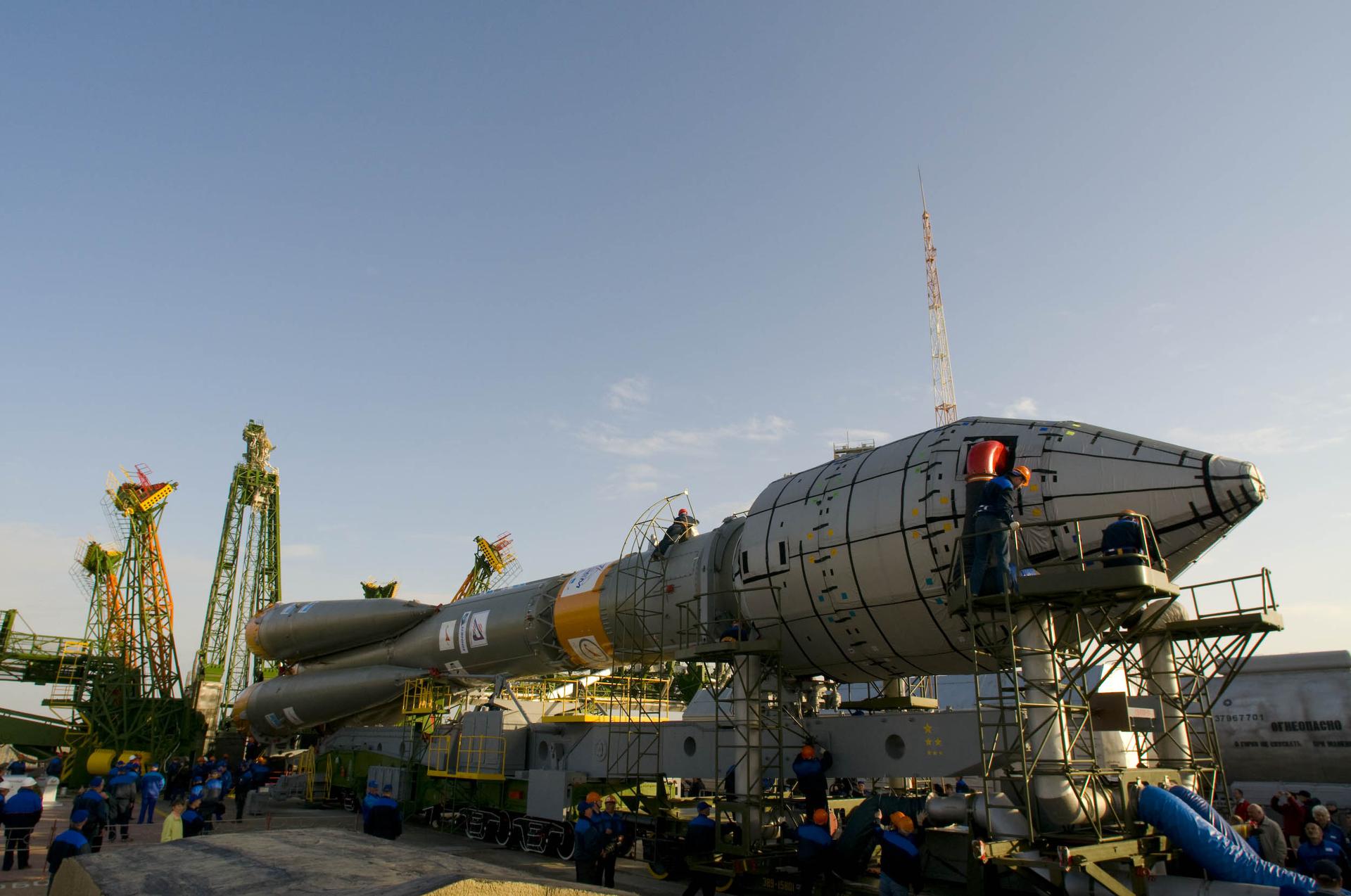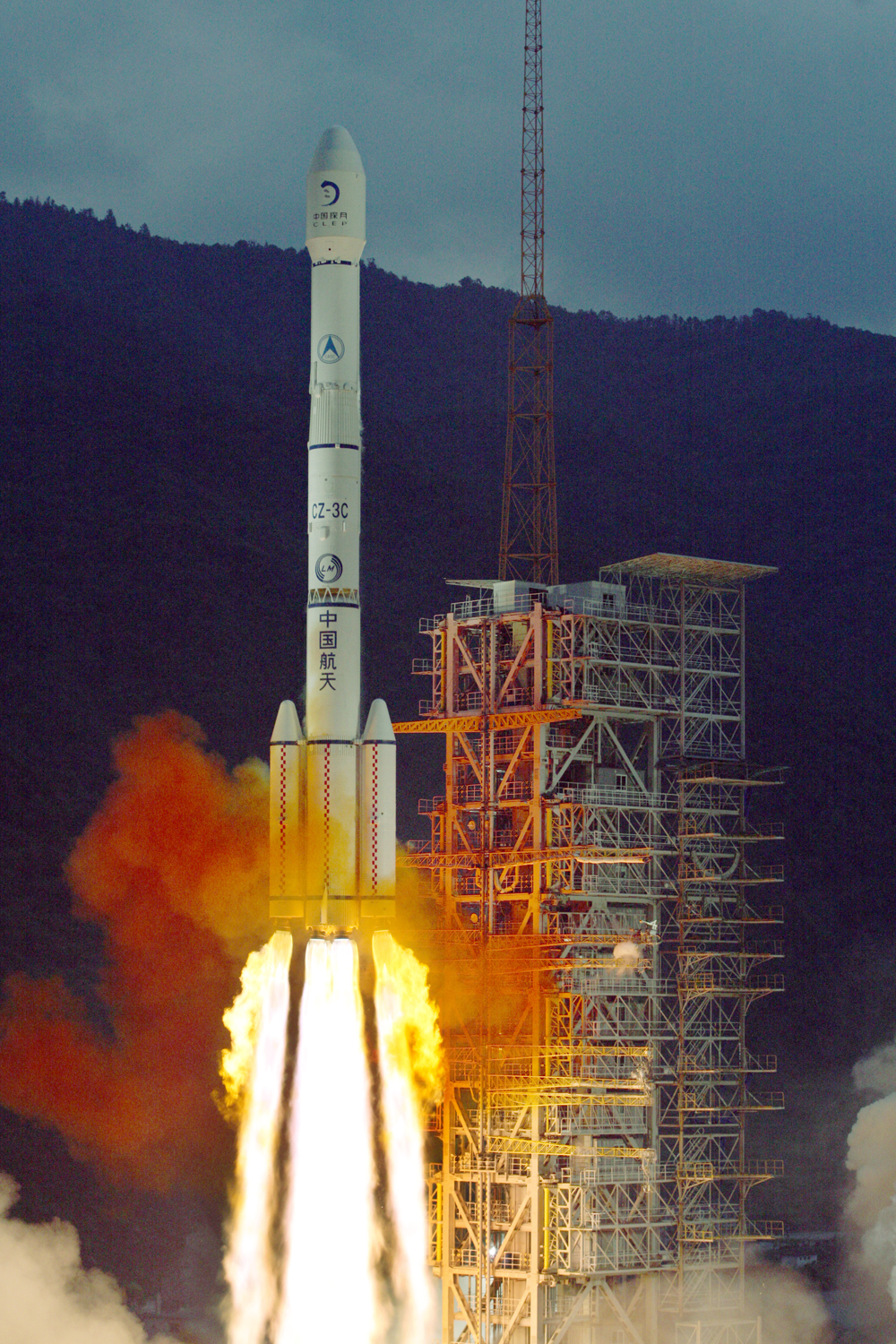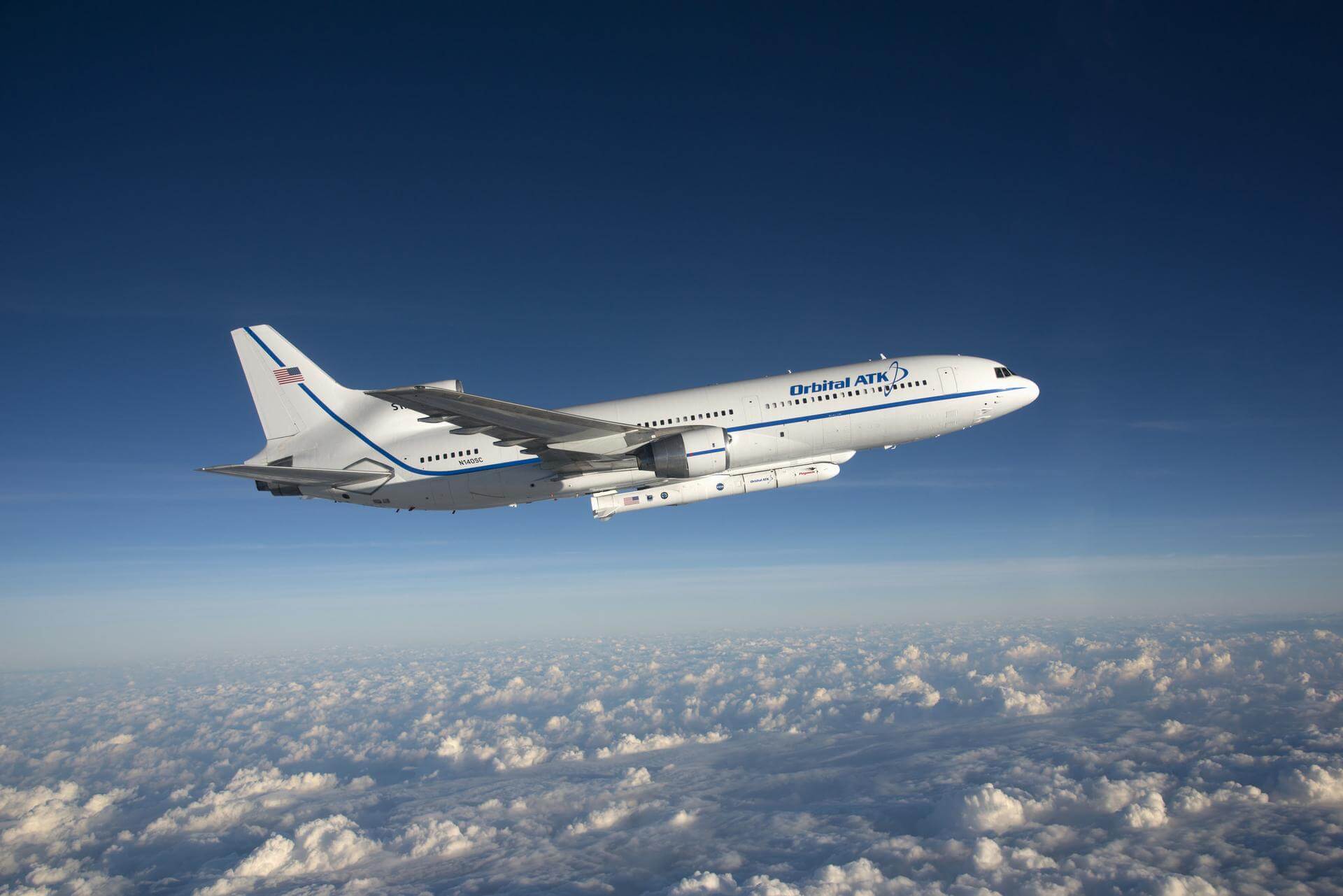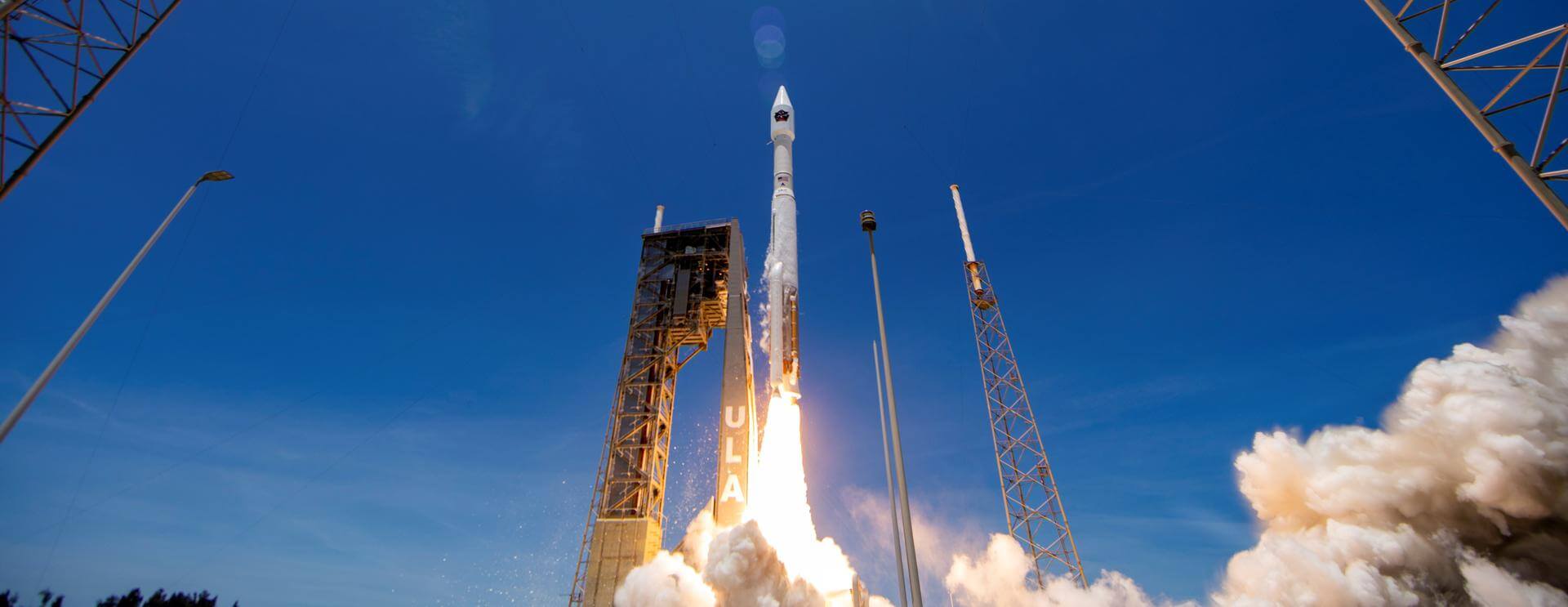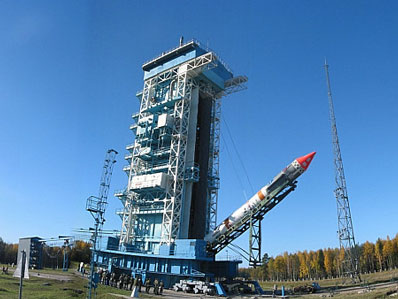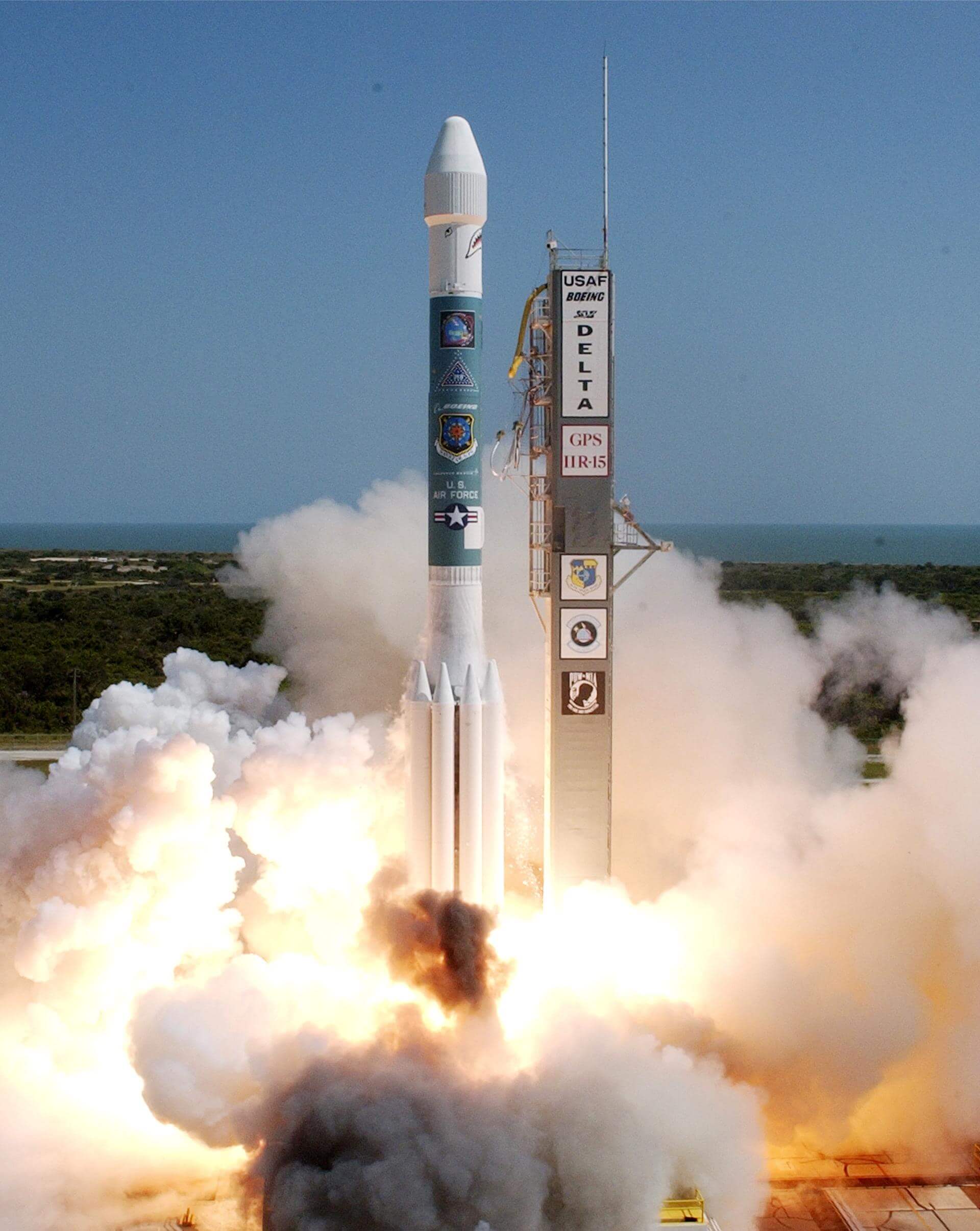Previous Spaceflight Launches
Filter by Agency, Locations or Vehicles
Show All LaunchesPSLV | Cartosat 2A
Indian Space Research Organization | IndiaSatish Dhawan Space Centre, India
April 28, 2008, 3:53 a.m.
Soyuz-FG | Giove-B
Progress Rocket Space Center | RussiaBaikonur Cosmodrome, Republic of Kazakhstan
April 26, 2008, 10:16 p.m.
Long March 3C | Tian Lian 1A
China Aerospace Science and Technology Corporation | ChinaXichang Satellite Launch Center, People's Republic of China
April 25, 2008, 3:35 p.m.
Ariane 5 ECA | Star One C2 & Vinasat-1
ArianeGroup | FranceGuiana Space Centre, French Guiana
April 18, 2008, 10:17 p.m.
Status: Launch Successful
Mission:
Star One C2 is a Brazilian communications satellite located in Geostionary Orbit at 70 degrees West. Vinasat-1 is the first Vietnamese satellite to be placed into orbit. It provides telecommunications links that operates at 132 degrees East in Geostationary orbit
Geostationary Transfer OrbitPegasus XL | Communications/Navigation Outage Forecasting System (C/NOFS)
Orbital Sciences Corporation | United States of AmericaAir launch to orbit
April 16, 2008, 5:02 p.m.
Atlas V 421 | ICO G1
United Launch Alliance | United States of AmericaCape Canaveral SFS, FL, USA
April 14, 2008, 8:12 p.m.
Soyuz-FG | Soyuz TMA-12
Progress Rocket Space Center | RussiaBaikonur Cosmodrome, Republic of Kazakhstan
April 8, 2008, 11:16 a.m.
Status: Launch Successful
Mission:
Soyuz TMA-12 begins Expedition 17 by carrying 3 astronauts and cosmonauts to the International Space Station. Russian Commander, cosmonaut Sergei Volkov alongside Flight Engineers, Oleg Kononenko (RSA) & Yi So-Yeon (KAP - Korean Astronaut Program) will launch aboard the Soyuz spacecraft from the Baikonur Cosmodrome in Kazakhstan and then rendezvous with the station. It landed on October 24, 2008, 03:37 UTC
Low Earth OrbitKosmos-3M | SAR-Lupe 4
Russian Space Forces | RussiaPlesetsk Cosmodrome, Russian Federation
March 27, 2008, 5:16 p.m.
Zenit | DirecTV 11
Sea Launch | RussiaSea Launch
March 19, 2008, 10:47 p.m.
Delta II 7925-9.5 | GPS IIR-M-6 (USA-201)
United Launch Alliance | United States of AmericaCape Canaveral SFS, FL, USA
March 15, 2008, 6:10 a.m.
